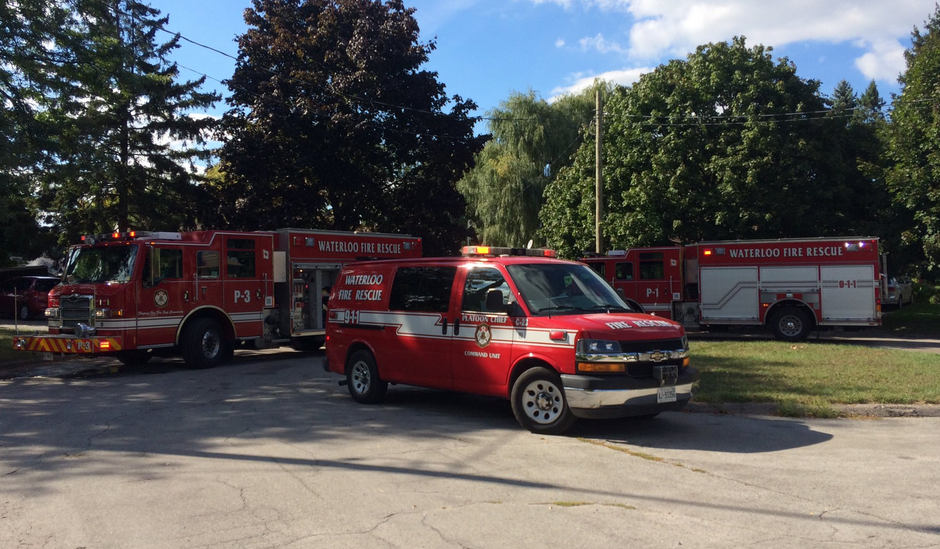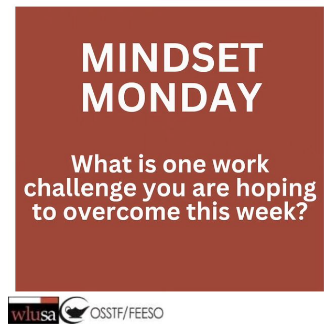OSSTF Equity update—December 2021
Anti-Racism and Equity Training through Account #2018:
Account 2018 was established as a result of a Strategic Action Plan initiative approved at the Annual Meeting of the Provincial Assembly (AMPA) 2021. This account has a three-year mandate ending in June 2024. Its purpose is to provide funding to support Anti-Racism and Equity Training for Districts and Bargaining Units.
OSSTF/FEESO is committed to dismantling racism, oppression, and systemic barriers within the Federation. We are engaged in several activities as per the Action Plan to Support Equity and Anti-Oppression. A few of the completed and ongoing actions are found below.
Via OSSTF Update (Originally posted November 11, 2021)
Completed actions:
- October 2020—Development of Addressing Anti-Black Racism and Allyship Workshops, written by OSSTF/FEESO members, including those that self-identify as Black/African Black/Caribbean Black and Racialized. These workshops will be available in the fall of 2021.
- June 2021—An anti-racism and equity training provincial account was approved at The Annual Meeting of the Provincial Assembly (AMPA).
- August 2021—Anti-racism training was provided to Bargaining Unit presidents at the inaugural OSSTF/FEESO Presidents’ Symposium 2021.
- August 2021—The survey to delegates and alternates who attended The Annual Meeting of the Provincial Assembly for OSSTF/FEESO in the last four years to examine the barriers members face when navigating the Rules of Order that govern meeting was issued. This survey will close on Monday, September 20, 2021.
- September 2021—A targeted call out to members who self-identify as Black/African Black/Caribbean Black, First Nations, Métis, Inuit (FNMI), Francophone, 2SLGBTQI+, Person Living with a Disability, Racialized, and/or women to join the OSSTF/FEESO Parliamentary Speaker Bank has been issued.
- September 2021—The Black Persons and Persons of Colour Advisory Work Group members-at-large complement has been temporarily increased from 10 to 25 members-at-large for the 2021–2022 school year.
Actions in progress:
- The use of focus groups, one-on-one interviews and Town Halls centred around dismantling anti-Black racism within OSSTF/FEESO (August 2021–ongoing)
- The development of an OSSTF/FEESO Black Educators’ Network (August 2021–December 2021)
- An evaluation of OSSTF/FEESO Rules of Order using a multi-pronged approach which includes an in-depth literature review, qualitative interviews, and a survey (June 2021–January 2022)
- Review of the OSSTF/FEESO Equity Statement using an equity lens (September 2021)
- The review of the terms of reference for the proposed OSSTF/FEESO Disrupting Anti-Black Racism Committee to the Provincial Executive by the in-house equity team, the Equity, Diversity, and Inclusion (EDI) coordinator, and advisory work groups/committees in preparation for a report and recommendations to be presented at AMPA 2022 (September 2021–January 2022)
- Review of the survey results issued to delegates and alternates who attended The Annual Meeting of the Provincial Assembly for OSSTF/FEESO in the last four years (October 2021–November 2021)
- The issuance of a call out to members who self-identify as Black to be a presenter for the OSSTF/FEESO Addressing Anti-Black Racism workshop (October 2021)
- The issuance of a Member Census to determine the demographic composition of the membership (December 2021)
Ongoing commitments:
- Amplify Black voices/authors in OSSTF/FEESO online publications.
Education Forum - Incorporate Black lived experiences and expertise in a variety of OSSTF/FEESO professional workshops and conferences.
- Creating connections and sharing resources between the Dismantling Black Racism Officers and Trainers in Districts and Bargaining Units with the Provincial Office.
- The development of partnerships and relationships with Black community organizations.
- Investment in Black-Owned Businesses.
Via OSSTF Update (Originally posted September 15, 2021).















